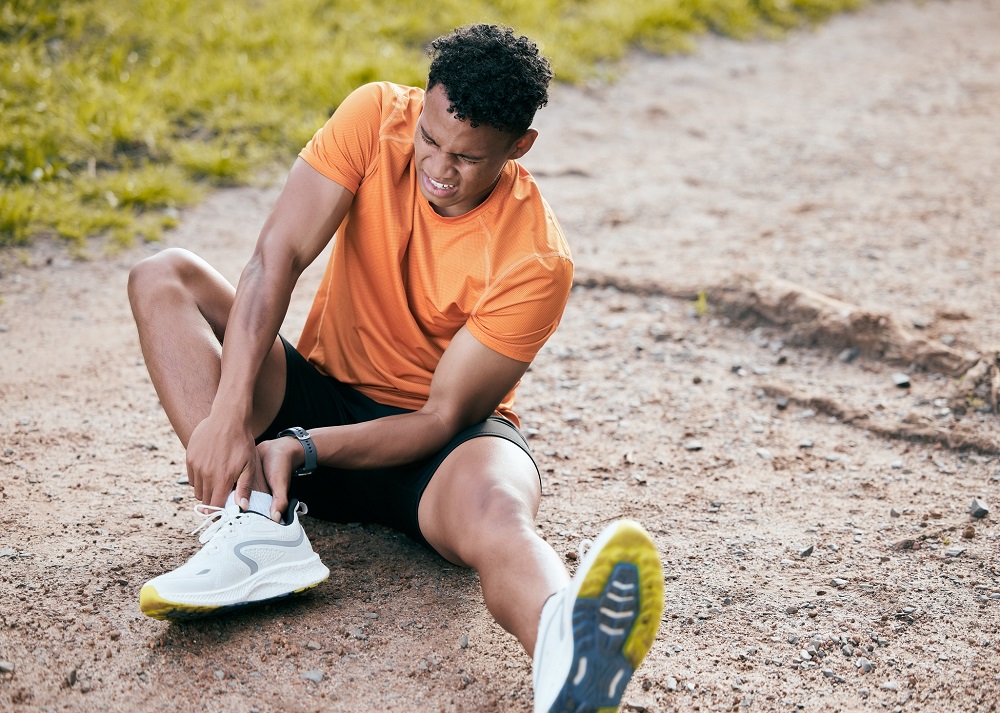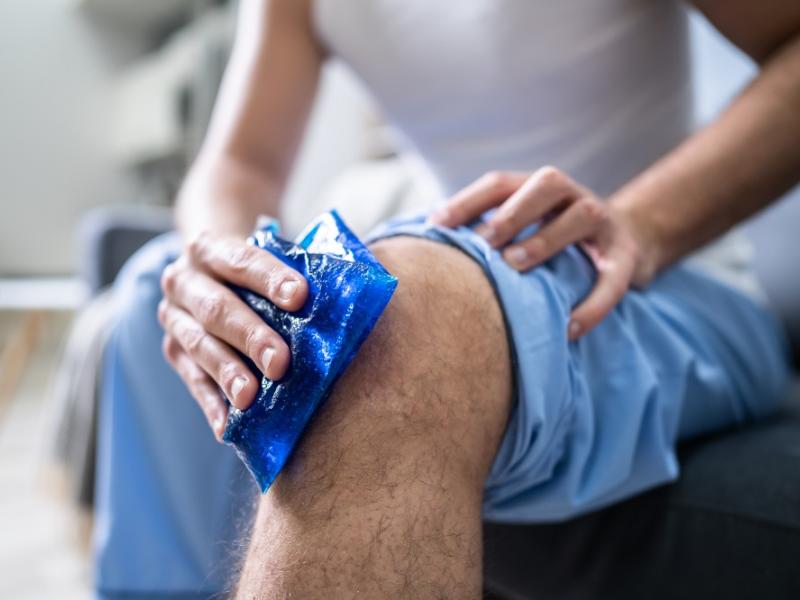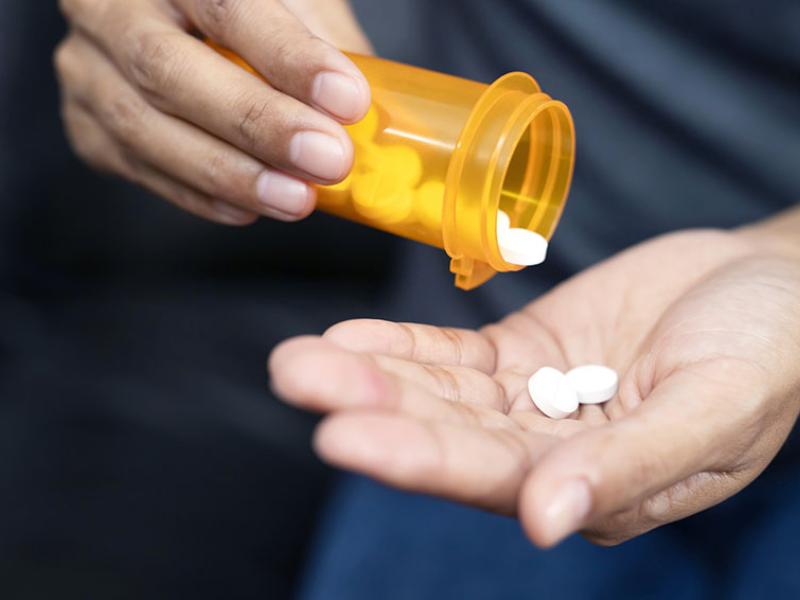Shoulder pain can result from injuries, arthritis or other conditions, and determining the right...
Read More
Sprains and strains are painful and inconvenient, limiting your mobility and often taking several weeks to fully heal. While there’s no ideal time to sustain an injury to your ligaments, muscles, or tendons, our orthopedic specialists can help you recover and get back to your regular routine as soon as possible.
Sprains and strains are common injuries that affect the muscles, tendons, and ligaments in your body. Although they share many similarities, sprains and strains involve different structures. Sprains happen when the ligaments, bands of tissue connecting bones within a joint, are stretched or torn. On the other hand, strains affect the muscles or tendons, which are responsible for muscle-to-bone and muscle-to-muscle connections.
Sprains and strains can be caused by a variety of factors, including:
Symptoms of sprains and strains can vary, ranging from mild discomfort to severe pain and functional limitations. Sprains and strains both cause similar symptoms, which may include pain in the affected area, swelling, inflammation, tenderness, restricted range of motion, and difficulty using or moving the injured area. The severity of your symptoms can vary depending on the extent of the injury, ranging from mild discomfort to severe pain and functional limitations.
To diagnose a sprain or strain, Inspira’s orthopedic specialists will perform a physical examination, ask you about your symptoms and review your medical history. They may also order imaging tests which may include X-ray, computerized tomography (CT), magnetic resonance imaging (MRI), or ultrasound, to get a closer look at the damage to your ligaments, muscles, or tendons. In addition, these imaging tests can assess the extent of your injury and rule out other possible conditions.

Sprain and strain treatment depends on the severity of the injury. Your doctor may recommend:

Initial treatment for sprains and strains often involves: Rest, Ice, Compression, and Elevation.

These treatments can be prescribed to help manage pain, reduce inflammation, and promote comfort during the healing process.

A tailored rehabilitation program involving specific exercises and stretches can promote healing, restore range of motion, and strengthen the affected muscles and ligaments. In some cases, immobilizing the injured area with the help of braces, splints, or slings may be necessary to allow for proper healing and stability.
At Inspira, we understand the effect that sprains and strains can have on your daily life. Our experienced team of orthopedic specialists is dedicated to providing comprehensive care to your entire musculoskeletal system to optimize your recovery. Through evidence-based care, tailored rehabilitation programs, and personalized treatment based on your needs and preferences, we ensure the best possible outcomes for our patients.
Recovery time varies, depending on the severity of your injury. Mild sprains or strains may resolve within a few weeks, while severe injuries may require several months of rehabilitation. Your doctor will be able to provide you with more information about your treatment plan after diagnosing your condition.
It depends on the location and severity of your injury. It’s important to rest and allow the injured area to heal before resuming physical activity that could affect your recovery. Your doctor can give you guidance on when it’s safe for you to return to specific activities.
Yes. It’s always a good idea to talk to a member of your health care team for an accurate diagnosis and appropriate treatment plan. Your doctor can assess the severity of your injury and provide guidance on the best course of action.
Although it’s not always possible to prevent these injuries entirely, you can reduce the risk by warming up before physical activity, using proper techniques, and gradually increasing the intensity or duration of exercise. Listen to your body and be sure to stop what you're doing if you experience any pain or discomfort.

Shoulder pain can result from injuries, arthritis or other conditions, and determining the right...
Read More
What happens when you injure yourself in a way that no surgeon in your area has ever seen, much less...
Read More
Exercise is vital to good health, but sports and other physical activities can cause injury. Here’s...
Read More
The material set forth in this site in no way seeks to diagnose or treat illness or to serve as a substitute for professional medical care. Please speak with your health care provider if you have a health concern or if you are considering adopting any exercise program or dietary guidelines. For permission to reprint any portion of this website or to be removed from a notification list, please contact us at (856) 537-6772